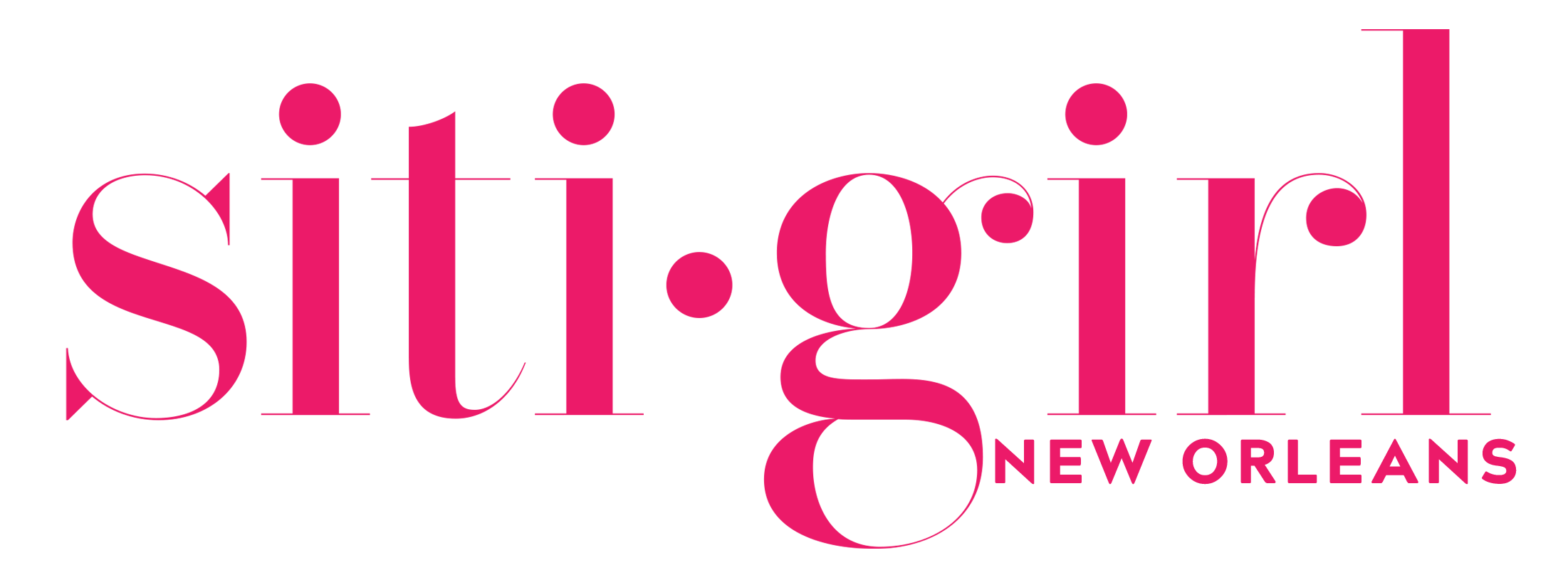
In the vibrant and culturally rich city of New Orleans, a unique musical genre has been steadily gaining momentum, captivating the hearts of locals and music enthusiasts worldwide. This genre, known as “New Orleans Bounce,” is more than just music; it’s a cultural phenomenon that pulsates with energy, creativity, and an undeniable spirit of celebration.
Origins and Evolution
Rooted in the heart of New Orleans’ diverse music scene, Bounce music emerged during the late 1980s and early 1990s. Initially a niche sound played at block parties and local clubs, Bounce quickly gained traction within the city’s neighborhoods, where its infectious beats and high-energy dance moves became a staple of community gatherings.

Bounce’s distinctive sound is characterized by its up-tempo beats, call-and-response lyrics, and the signature “triggerman” beat – a syncopated rhythm that provides the backbone for many Bounce tracks. Over the years, the genre has evolved and incorporated elements from hip-hop, rap, and electronic music, resulting in a dynamic fusion that appeals to a broad spectrum of listeners.
Celebration of Community and Identity
One of the most captivating aspects of New Orleans Bounce is its ability to unite communities and foster a sense of belonging. The genre’s lyrics often touch on topics such as local pride, social issues, and celebration of cultural identity. Bounce artists frequently reference their neighborhoods and pay homage to the city’s distinct culture, creating a musical connection between the artists and their listeners.

Bounce music has served as a platform for marginalized voices, allowing artists to speak out about societal challenges while also uplifting their communities. Its unapologetic nature has made it a powerful tool for self-expression and empowerment, resonating with audiences who share similar experiences.
Dance and Movement
Inseparable from Bounce music is its accompanying dance style, which is both exuberant and infectious. The energetic dance moves, characterized by shaking and bouncing, perfectly sync with the rhythm of the music. These dance routines have become a central part of Bounce culture, often performed at block parties, second line parades, and other local events.

The dance aspect of Bounce is not only a form of entertainment but also a way to build connections and foster a sense of community. Dance battles and competitions are common, allowing dancers to showcase their skills and engage in friendly competition while celebrating the genre they love.
Global Impact and Recognition
While Bounce music initially gained popularity within New Orleans, its influence has transcended regional boundaries. Thanks to the internet and social media, Bounce tracks have found their way into playlists and dance floors around the world. Renowned artists such as Big Freedia, a prominent figure in the Bounce scene, have helped introduce the genre to broader audiences and collaborate with mainstream musicians, further enhancing its reach.

Bounce’s vibrant and unapologetic sound has attracted the attention of artists and producers from various genres, resulting in creative collaborations that blend elements of Bounce with other musical styles. This cross-pollination has contributed to the genre’s ongoing evolution and relevance in the contemporary music landscape.
A Dynamic Future
As the beats of Bounce continue to echo through the streets of New Orleans and beyond, it’s clear that the genre’s journey is far from over. Its ability to celebrate community, amplify voices, and inspire dance is a testament to its enduring charm. New Orleans Bounce music remains a vibrant and essential part of the city’s cultural tapestry, embracing change while staying true to its roots – a musical force that bridges gaps, celebrates diversity, and invites everyone to groove to its irresistible rhythm.




Leave a Comment